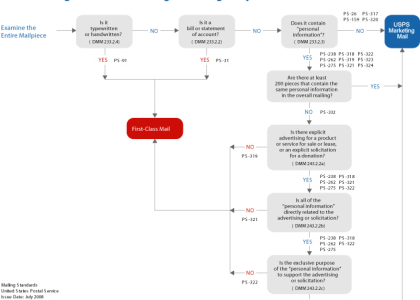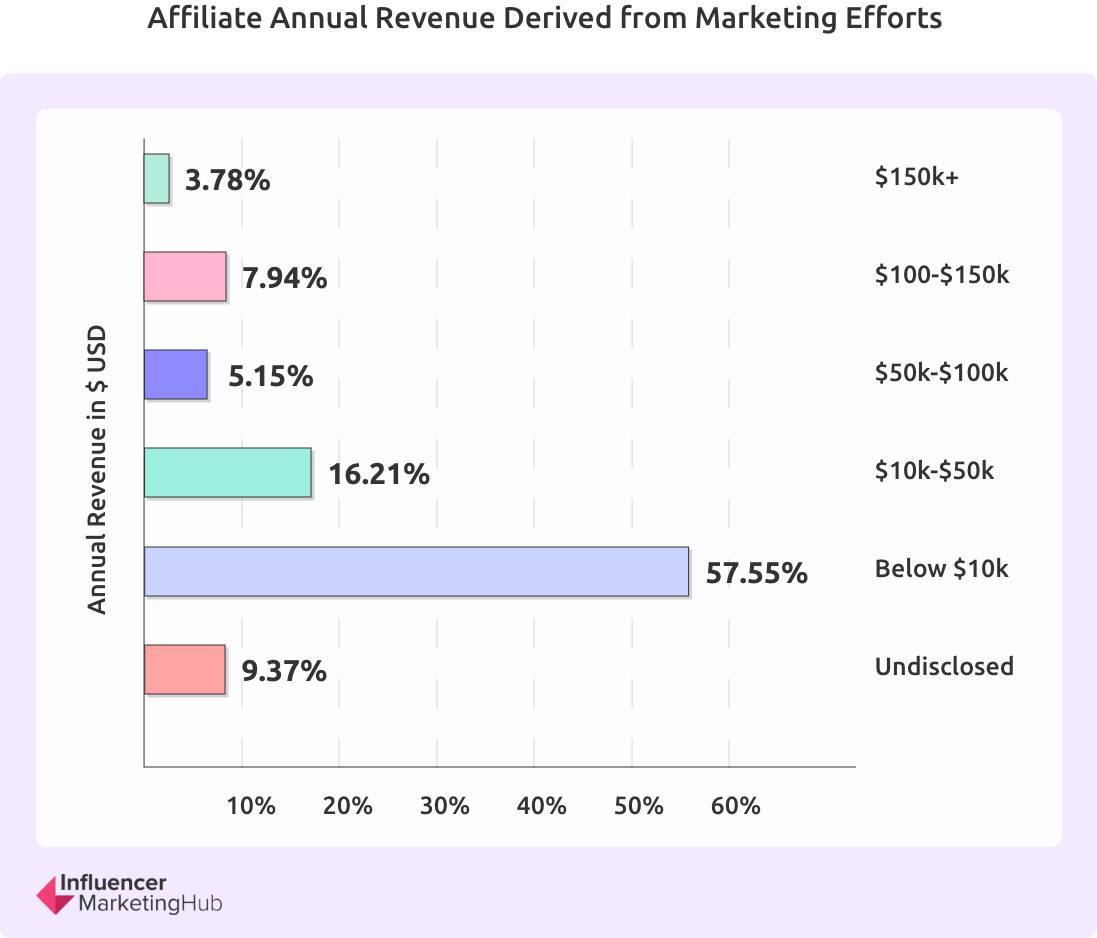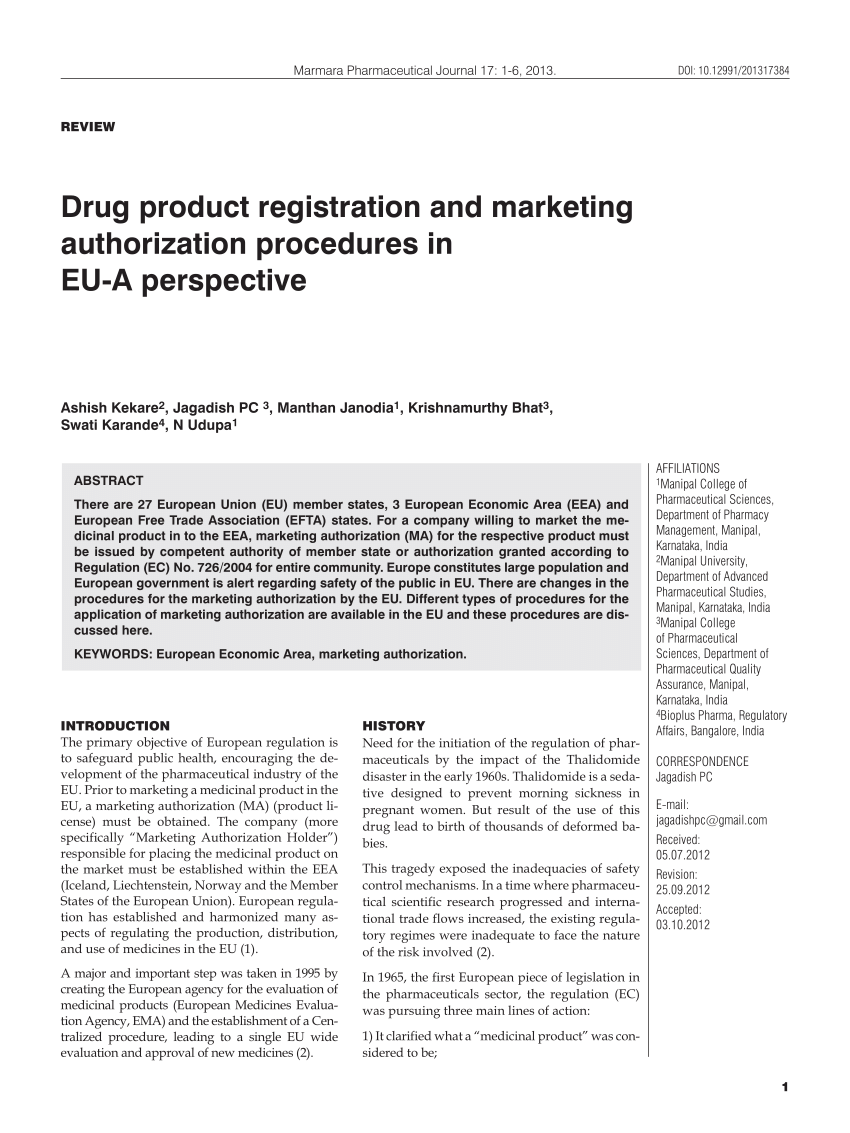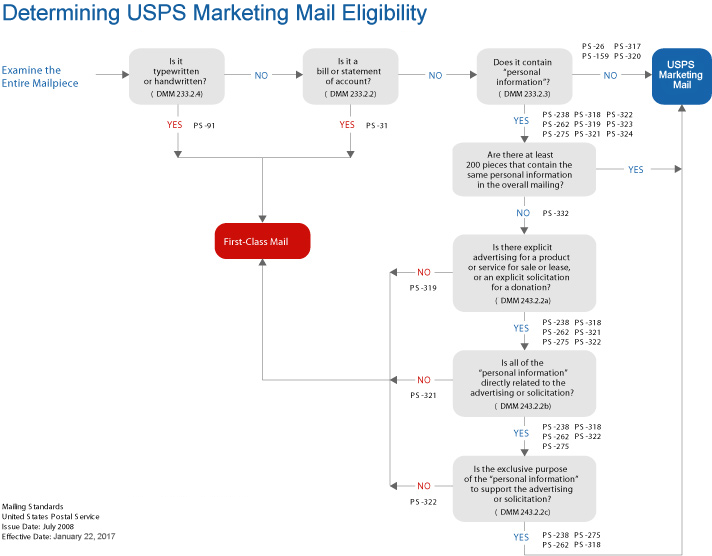Within the marketing landscape, certain circumstances can lead to a company’s products competing against one another rather than against those of its rivals. This situation, called ‘cannibalization’, can cause significant implications if not properly understood and addressed. This article will dive deep into this specific marketing theory, highlighting its distinctive aspects and unveiling its potential effects on a business’ success.
Marketing cannibalization is a challenging and complex phenomenon often misunderstood or overlooked by marketing strategists. It doesn’t merely revolve around the competition between products; rather, it’s interwoven with various aspects of a business – from product development and price setting to market segmentation and branding. Recognising and acknowledging its presence could mean the difference between growth and stagnation for a firm.
Along with a detailed exposition on marketing cannibalization, this article also explores the ways in which it can impact a business. The after-effects are not always negative, making the understanding of this concept all the more crucial. As companies strive to stay relevant and competitive within their respective markets, it’s important to consider the potential ramifications and how they could be harnessed or mitigated.
The final part of the piece delves into the variety of solutions and strategies that firms could adopt to handle cannibalization. Companies need to be equipped with ways to navigate through these challenging circumstances, lessen the negative impacts, and possibly even turn the situation into a beneficial one. These solutions are not a one-size-fits-all, and what works best differs from one business to another, depending on a myriad of factors like market conditions, audience segmentation, and the products themselves.
Cannibalization in the Marketing Domain: An Explanation
In the sphere of marketing, cannibalization is a unique but not uncommon phenomenon. It is generally described as a situation where a new product introduced by a company eats into the sales of an existing product of the same company. Simply put, instead of attracting new customers or leading to revenue growth, the new product ends up sharing the same customer base as the older product, thereby diminishing its sales.
This isn’t a desired scenario for most businesses as it doesn’t result in any significant growth in market share. If you clearly visualize the scenario, you’ll realize that it’s comparable to a form of self-competition where a company is essentially competing with its own products.
However, it’s worth noting that, although generally seen negatively, market cannibalization is not always detrimental to a company. It can sometimes be a result of a strategic move. For example, some companies intentionally release cheaper or slightly differentiated products to saturate the market, making it hard for competitors to get a foothold.
Regardless, understanding and managing product cannibalization is a crucial aspect of strategic marketing planning. The ability to assess the potential risk and impact of a new product on existing offerings is paramount, particularly in rapidly evolving industries where product turnover can be high.
Cannibalization Types in Marketing
There are typically two types of cannibalization in marketing:
- Product cannibalization: This takes place when a company’s new product takes away sales from its existing product. This is the most common type and usually the one referred to when discussing cannibalization in marketing.
- Channel cannibalization: This occurs when a company’s sales channel competes with another of its channels. An example would be a company’s online store taking sales away from its physical retail stores.
Overall, while cannibalization poses challenges, effective strategy and product management can help companies navigate these issues successfully, turning potential disadvantages into strategic growth opportunities.
Situations Promoting Cannibalization within the Marketing Sphere
Many scenarios can lead to the phenomenon of marketing cannibalization, a problematic situation in which a company’s new product eats into the sales of an existing product. Highlighted below are certain instances which could lead to such scenarios.
Introduction of Similar Products
When a company launches a product that closely resembles another one of its existing offerings, this can lead to product cannibalization. Customers get divided between the two similar products, resulting in a decrease in the sales of the original product.
Incorrect Market Segmentation
Improper market segmentation might also stimulate cannibalization. If a company markets two similar products to the same target audience, it could lead to unnecessary competition amongst the company’s own products.
Overlapping Product Features
In other cases, when a company releases a new product with features that overlap the functionalities of an existing product, it might result in cannibalization. The consumers, seeing the same features in a fresher package, might migrate to the new product, thereby dwindling the sales of the older one.
Pricing Strategies
Pricing strategies can also instigate cannibalization . If a company releases a new product at a cost lower than an existing product, customers might be attracted to the cheaper alternative, leading to a reduction in the sales of the more expensive product.
In conclusion, it is essential for businesses to carefully examine their new product strategies in order to minimize possibilities of product cannibalization. Strategic product positioning, appropriate market segmentation and well thought-out pricing strategies can be effective solutions to mitigate this challenge.
Comprehending the Occurrence of Cannibalization across Varying Marketing Techniques
In the realm of marketing, cannibalization can emerge in various strategies, leading to internal competition and potential resource wastage. This concept refers to circumstances in which a new product or service negatively influences the sales or demand of an existing product or service offered by the same company. This internal rivalry can arise in several ways, often inadvertently as a product of marketing strategy decisions.
Variety of Marketing Plans and Cannibalization
In situations where a brand introduces a new product that is mildly different from an existing product, customers may shift towards the new item instead of purchasing the original one. For example, when upgrading a product, current customer attention may shift from the existing version to the upgraded one, thereby leading to a decline in the older product’s sales. This phenomenon illustrates how product update or modification can potentially instigate cannibalization.
Pricing Strategies can also lead to cannibalization. When a company introduces cheaper alternatives to an existing product or provides discounts, the customers may deviate towards the discounted or cheaper product. The result could be a drop in sales of the original product.
The application of Market Segmentation is another area where cannibalization can occur. When a company tries to capture various market segments by introducing similar products intended for different demographic groups, it could result in consumers choosing one over the other, thus leading to one product stealing sales from the other.
Lastly, in Advertising Campaigns, if not executed carefully, a new product’s promotion could overshadow the existing products leading to cannibalization. This overshadowing often occurs when the advertised benefits of the new product are similar to the existing one, causing a shift in the customer’s preferences.
All these examples demonstrate that while attempting to maximize market coverage and boost sales, businesses frequently end up instigating competition within their portfolio if strategic decisions are not made wisely.
How to Recognize Signs of Product Overshadowing in Promotional Activities
In the realm of business operations and brand promotion, identifying product overshadowing symptoms can be quite challenging, yet it is a critical process. It is important to note that product overshadowing, also known as ‘cannibalization in marketing’, doesn’t always lead to negative outcomes. However, if not managed carefully, it could lead to serious consequences like reduced profitability and market share.
Awareness of the tell-tale signs of product overshadowing is the first step towards effectively managing this phenomenon. Let’s look into some potential indicators –
- Decreasing Sales of Older Products: One of the most immediate and visible signs of marketing cannibalization is when the sale of previous or older products drops noticeably upon the introduction of a new product.
- Persistent Sales Plateau: If a new product’s sales level off quickly and remain stagnant, while the older product’s sales continue to decline, it could be an indication of overshadowing.
- Shift in Customer Preference: Altered purchasing pattern among your regular customers, where they prefer the newer product over the older one, significantly, could be a symptom.
- Dilution of Brand Value: If a top-notch product is overshadowed by a cheaper new product, the brand value might be diluted.
The aforementioned signs should be monitored closely as they could adversely affect the overall business performance and give room for competitors. Remember, understanding the signs and being proactive in implementing effective solutions can prevent potential issues related to marketing cannibalization.
However, in certain cases, a degree of cannibalization can actually lead to greater total sales, provided it is carefully strategized and monitored.
How Cannibalization Affects Brand Perception and Sales Volume
In the field of marketing, the concept of cannibalization refers to a situation where a new product draws sales away from an existing one. This phenomenon can have far-reaching implications on a brand’s image and overall sales performance.
Effects on Brand Image
Product cannibalization may potentially damage a brand’s image. This is especially true when the new product fails to live up to customers’ expectations – a circumstance that could tarnish the reputation of the brand as a whole. Furthermore, in instances where the new product is positioned as an upgrade, customers who have recently purchased the older version may feel deceived or slighted, fostering negative sentiments towards the brand.
More importantly, with the advent of a new product, consumers might perceive the older version as outdated or inferior. This perception could then diminish the value of the older product in the eyes of the customer, consequently eroding brand loyalty.
Implications for Sales
From a sales perspective, cannibalization can lead to an overall decrease in total revenue. While the new product might attract interest and generate initial sales, it’s often at the expense of the more established product’s sales performance.
It’s critical to note that if the younger product’s sales do not offset the older product’s sales loss, the organization could suffer a net decline in revenues. To make matters worse, this scenario becomes significantly more problematic if the new product has a lower profit margin compared to the product it replaces.
Moreover, cannibalization can also impact the company’s market share. If the older product had a substantial market share, a dip in its sales due to cannibalization could allow competitors to gain an advantage.
In conclusion, cannibalization can have both direct and indirect impacts on brand perception and sales. Therefore, it’s imperative for businesses to carefully consider potential cannibalization effects when launching new products.
Comprehending the Monetary Repercussions of Cannibalization
Cannibalization is a noteworthy marketing concern which, when misunderstood or overlooked, can have significant financial implications for a business. Essentially, the concept refers to the situation in which a new product takes away sales or market share from one or more existing products within the same company. It’s crucial to comprehend the possible financial consequences associated with this phenomenon and to develop strategies to manage it effectively.
Fiscal Fallout of Cannibalization
It’s often said that the largest enemy of a successful product may be the company’s next product. When a new product starts eroding the sales of an already successful one, profits may dwindle. This could negatively impact the company’s net profit, especially if the new product’s profit margin is lower than the existing one’s. Additionally, it can also potentially trigger a depreciation of the firm’s shares, feeding a negative chain reaction affecting the firm’s overall financial status.
Underestimated Costs and Capital Investments
An often-underestimated aspect of cannibalization is the cost associated with a new product’s launch – from development and manufacturing to marketing and distribution. While predicting exact costs can be challenging, overlooking them can significantly undermine the financial viability of introducing a new product, particularly if it fails to deliver the expected return on investment (ROI). This becomes a grave concern if the new product starts cannibalizing the company’s flagship products.
An Erosion of Market Share
Product Cannibalization doesn’t just affect a company internally, but can also have substantial ramifications on the business’s standing in the market. When one product begins to cannibalize the sales of another, it can blur the brand’s image and potentially open up space for competitors to step in, damaging the company’s overall market position.
Understanding these possible financial consequences is crucial in effectively forecasting and planning strategies for product development and launching. A well-thought-out process can turn potential negatives into positives and help companies navigate the challenging process of bringing a new product to market.
Understanding the Significance of Product Overshadowing in Segmenting Markets
Product overshadowing, more commonly referred to as cannibalization in the marketing world, plays a crucial role in market segmentation. This phenomenon is part of the broader strategic planning that correlates directly with the outlook of specific market segments.
Recognizing the Impact of Product Overshadowing in Segmentation
When an organization presents a new commodity that outsells an existing one in the same market segment, this is aptly termed product overshadowing. This activity’s direct impact is noticed in market segmentation, where the sales of an older product diminish, affecting the overall performance of the specific market segment.
Examining the Causes
- One major reason to illustrate this occurrence is the introduction of advanced products that might boast superior features over their earlier counterparts.
- Often, pricing strategy could also play a role when a more economical substitute is presented in the market by the same brand, leading customers to switch preferences within the same brand landscape.
Potential Solutions to Product Overshadowing
- Aligning product release strategies can help manage overshadowing. By mapping the product lifecycle accurately, brands can time the launch of new products effectively.
- Creating distinct positioning for the products can also prevent cannibalization. If products are distinctly positioned and targeted at different market segments, the chances of cannibalization reduces significantly.
- Optimal price management can also mitigate the risk of cannibalization. Brands can differentiate products based on pricing models, siphoning off different consumer sets and minimizing product overshadowing.
In conclusion, understanding product overshadowing and its effects on market segmentation is crucial for businesses to strategize their product launch, maintain a balanced product portfolio, and maximize their market reach.
Investigating the Effects of Cannibalization in the Sphere of Marketing: An Examination of Concrete Case Studies
Cannibalization is a vital concept within the field of marketing that all businesses, regardless of size or industry, should be aware of. This phenomenon occurs when a company’s new product eats into the sales of one of its existing products. The impact of this is often detrimental – adversely affecting overall sales and profits. However, it’s not always bad news: sometimes, cannibalization allows businesses to regain market share or target new segments. Here are several real-world examples:
Apple’s Product Cannibalization Strategy
Although concept often seen as detrimental, Apple used cannibalization as a deliberate marketing strategy. After releasing the iPhone, its iPod sales dropped substantially, as the new, multifunctional device possessed all the capabilities of the latter. Nonetheless, the overall profits soared as demand for iPhones skyrocketed with every new release. This is an excellent example of a situation where cannibalization led to an overall increase in a company’s market share and profits.
Starbucks’ Sales Reduction Due to Expansion
Cannibalization is not always beneficial. This was observed when Starbucks opened too many outlets in close proximity, leading to a decrease in total sales. While each new store did generate decent sales, the overall business was hurt as existing stores lost customers to their newer counterparts. This marketing mishap emphasizes the need for a careful sales and marketing strategy when planning expansion in the same geographical area.
Coca Cola’s Marketing Blunder with New Coke
Another noteworthy example of marketing cannibalization involves the famous soft-drink brand Coca Cola. In an attempt to outperform their competitor Pepsi, Coca Cola introduced a new product, “New Coke”. The company expected it to snatch away market share from Pepsi. However, the new product was not only met with outrage from fans of the original formula, but it also stole sales from the original Coke, causing a severe backlash that led to the reintroduction of the original formula referred to as ‘Coca-Cola Classic’. The case simply resonates with the fact how product cannibalization can sometimes backlash, impacting the company’s reputation along with its revenue.
In conclusion, cannibalization in marketing is a double-edged sword. It requires a careful and strategic approach to ensure it brings more benefits than harm to the firm. Businesses must conduct a comprehensive analysis of the potential impact on their product portfolio before launching a new product that may possibly cannibalize existing ones.
Unveiling the Possible Advantages of Product Line Cannibalization
In the arena of marketing, product line cannibalization often carries a negative undertone. However, it can be a powerful tool when properly managed, offering several potential advantages. While it is true that it may end up eating into the sales of other items in the same line, this marketing strategy can also bring benefits that can aid in a company’s growth and sustainability.
Market Saturation
Introducing new products similar to the existing ones can result in increased market penetration. This ensures that all potential customer needs are catered to, enhancing the brand’s reach and reducing possible market gaps that competitors could fill. In this scenario, the company dominates the market, making it difficult for new players to enter.
Customer Retention
Offering a diverse product range can help retain current customers who may be seeking variety. This allows companies to cater to the changing preferences of their customers, ensuring their loyalty and potentially increasing their consumer lifetime value. Therefore, while these new products might intrude upon the sales of the older ones, they will also help retain customers who might have switched to a competitor’s product otherwise.
-
- Staying Ahead of Competition
Releasing new products based on market shifts and demand can keep companies to stay ahead of the competition. This proactive approach can provide a significant first-mover advantage and keeps the company relevant in an ever-changing market.
-
- Protection Against Market Shifts
Having a diversified product line that leans towards self-cannibalization can offer a safety net in case of market shifts. If one product’s sales dip due to changing consumer preferences or market trends, the newer product can help compensate for the loss.
In summary, while understanding the effects of product line cannibalization can be a complex process, it’s essential to recognize its potential advantages. It can act as a strategic way for companies to remain competitive, satisfy their customers, and guard against unforeseen market fluctuations.
Strategies to Mitigate the Risk of Self-Competition in Marketing
The phenomenon of self-competition, a consequence of a business’s products or services overtaking each other’s market share, can be a significant issue in marketing. However, there are various strategies that can be employed to proactively prevent or handle this issue.
Clear Positioning of Products and Services
A crucial strategy is to ensure that each product or service offered has a clear, distinct position in the market. This involves identifying unique selling propositions (USPs) for each item, and tailoring advertising techniques to target these USPs to the right customer segments. Such a strategy can also include careful product design and brand differentiation to make sure each product or service aligns with a distinct customer need.
Mindful Portfolio Management
Ensuring effective portfolio management is another crucial approach. This involves continually evaluating and optimising a company’s product or service range to prevent any single item from overwhelming others in the portfolio. This can be achieved by introducing new offerings when a product is nearing the end of its lifecycle or by discontinuing products that no longer meet customer needs.
Detailed Market Research
Conducting thorough market research is integral to understanding and meeting customer needs without causing self-competition. Such research provides valuable insights into consumer behaviours, their needs and preferences, and market trends, enabling the company to design and position their offerings in a manner that minimizes the risk of cannibalization.
Above all, open communication and transparency within the organisation about strategies and objectives can pave the way for informed decisions in preventing self-competition. By implementing these strategies proactively, businesses can significantly reduce the risk of encountering marketing cannibalization issues.
Employing Intelligent Marketing Tactics to Diminish the Risks of Market Cannibalization
Implementing smart marketing strategies can markedly help in reducing the negative effects of market cannibalization. These strategies can ensure that a company’s product lines do not interfere with each other’s sales, thus potentially harming the overall revenues.
Understanding the Target Audience
In order to diminish the likelihood of market cannibalization, businesses need to comprehend their target consumers and potential consumers’ needs and preferences. Market research can offer valuable insights into the preferences of consumers. By segmenting the market based on variables such as demographic, geographic, and psychographic characteristics, businesses can precisely target and communicate with each segment using tailored marketing strategies.
Personalized Marketing Communications
Customized marketing communication aimed at a particular market segment can aid in diminishing product overlaps and deter market cannibalization. For instance, a company can craft nuanced marketing messages for each product, accentuating the unique functions or benefits that differentiate it from the rest of its product line.
Strategic Product Positioning
Positioning product lines smartly can also help combat market cannibalization. This may include, for example, positioning a higher-priced product as premium and a lower-priced product as economical. It plays a significant role in ensuring products don’t end up competing against each other for the same customers.
- Develop a Product Roadmap
A well-defined product roadmap can guide the release of new products or services, reducing the chances of internal competition. It provides a long-term vision and strategic direction for a company. - Monitor and Adapt
Businesses must continually monitor market trends, consumer behaviors and their own sales data. This allows them to make necessary adaptations to their strategies to keep market cannibalization at bay.
In conclusion, whilst market cannibalization poses a threat to businesses, its adverse effects can be avoided or mitigated by employing thoughtful marketing tactics, focusing on consumer understanding, personalized communication, strategic product placement, and proactive planning.
Staying Ahead in Marketing: Adapting to Evolving Market Trends and Changes to Minimize Product Cannibalization
The progression of marketing demands flexibility and adaptability to cope with the changing market trends and to eliminate the risk of what can be termed as ‘product self-competition.’ It has become critical, now more than ever, to comprehend the shifting consumer behaviors and mold marketing strategies accordingly. It not only helps businesses stay relevant but also assists in fending off the danger of product cannibalization.
Embracing the Changing Landscape
Continuous advancements in technology and evolving consumer preferences do significantly influence changes in the marketplace. As such, understanding these shifts is pivotal in mitigating the chances of a company’s products undermining each other’s sales. Technological aids like predictive analysis can be utilized to gauge future consumer behavior and market trends, helping to carefully craft the product portfolio.
Adapting to the Trends
Adaptability is key to surviving in an ever-changing market. From modifying the product design to tweaking the pricing models, adaptation can take various forms. Strategies like planned obsolescence, which involves intentionally making current products obsolete by releasing enhanced versions, can manage potential product cannibalization while allowing for business growth and advancement.
- Effective communication and alignment of business and marketing strategies can prevent confusion among consumers, thus reducing the risk of unintentional cannibalization.
- Regularly reassessing the product range is necessary to avoid overcrowding the market with similar offerings.
Tackling product cannibalization requires awareness, adaptability, and strategic planning. By acknowledging that the market will continuously evolve, businesses can stay ahead of the curve, creating diverse and compelling product portfolios that can comfortably coexist without cannibalizing each other.
FAQ: What is cannibalization in marketing
What is cannibalization in a business context?
Cannibalization occurs when a new product introduced by a company eats into the sales of its existing products, often leading to a reduction in overall market share for the older models.
How can corporate cannibalism impact product sales?
Corporate cannibalism can negatively impact product sales as it can lead to a loss of sales of existing products, with customers opting for the new offerings instead of the older ones.
What is the cannibalization rate, and why is it important?
The cannibalization rate measures the extent to which a new product is eating into the sales of existing products. It’s important as it helps in assessing the impact of the new product on overall sales growth.
Can you give an example of a company that has experienced market cannibalization?
An example of market cannibalization is when Apple releases new iPhones, which often leads to a decrease in sales of older iPhones due to customers preferring the latest model.
Why does cannibalization happen when a new product is introduced?
Cannibalization happens when a new product is introduced because it can attract existing customers away from the company’s current offerings, especially if the new product is perceived as superior or more value-driven.
How can a business avoid market cannibalization?
To avoid market cannibalization, a business can differentiate new products sufficiently from existing ones, target different customer segments, or carefully manage the timing of new product releases.
What happens to the sales of the old product when cannibalization occurs?
When cannibalization occurs, the sales of the old product usually decline as customers shift their preference to the newly introduced product, leading to lost sales for the older model.
In what way can cannibalization be a strategic move for a company?
Cannibalization can be strategic if a company introduces a new product to compete with similar offerings from competitors, aiming to increase its market share in the existing market despite the risk of losing some sales of its older models.
What are the risks associated with market cannibalization in terms of sales growth?
The risks associated with market cannibalization include reduced sales growth for the older products, potential dilution of brand value, and the possibility of confusing customers with too many competing products.
Can you describe a scenario where market cannibalization cannot be avoided?
Market cannibalization cannot be avoided in scenarios where technological advancements or changing consumer preferences make it necessary for a company to introduce innovative products, even at the risk of affecting the sales of existing products.
What is market cannibalization and when does it typically occur?
Market cannibalization occurs when a company’s new product eats into the sales of its existing products. This typically happens when the new product is similar to an existing one, attracting the same customer base.
How can introducing a new product line lead to cannibalization?
Introducing a new product line can lead to cannibalization if the new products are similar to the existing ones, causing customers to switch from the old products to the new, thereby reducing existing product sales.
In what way can market cannibalization be a strategic decision?
Market cannibalization can be a strategic decision if a company introduces a new product to stay ahead of market trends, even at the risk of cannibalizing its own products, much like Steve Jobs did with Apple’s new iPhone models.
What are the risks associated with market cannibalism?
The risks associated with market cannibalism include loss of sales of existing products, potential dilution of brand value, and a possible decrease in overall market share.
How can a company avoid cannibalizing its own products?
A company can avoid cannibalizing its own products by differentiating the new products significantly, targeting different customer segments, or adjusting the pricing strategy to position each product distinctly.
Is it possible for two products to cannibalize each other’s market?
Yes, two products can cannibalize each other’s market if they are similar enough to attract the same group of customers, leading to divided sales between them rather than increasing the overall sales.
How does pricing affect the likelihood of cannibalization?
Pricing can significantly affect the likelihood of cannibalization. If a new product is introduced at a lower price than a similar existing product, it may attract customers away from the higher-priced product, increasing the risk of cannibalization.
What is an example of a company successfully managing cannibalization?
An example of successful management of cannibalization is Apple’s introduction of the new iPhone models. While these new models cannibalized sales of older iPhones, they also captured a larger market share by attracting customers from competitors.
What are the potential benefits of market cannibalization?
Potential benefits of market cannibalization include staying ahead in technology and innovation, capturing a larger market share from competitors, and rejuvenating the brand with newer, more advanced products.
How does market cannibalization impact production costs?
Market cannibalization can impact production costs by necessitating the production of both the new and existing products, potentially increasing operational complexity and costs, especially if the products are similar.


















